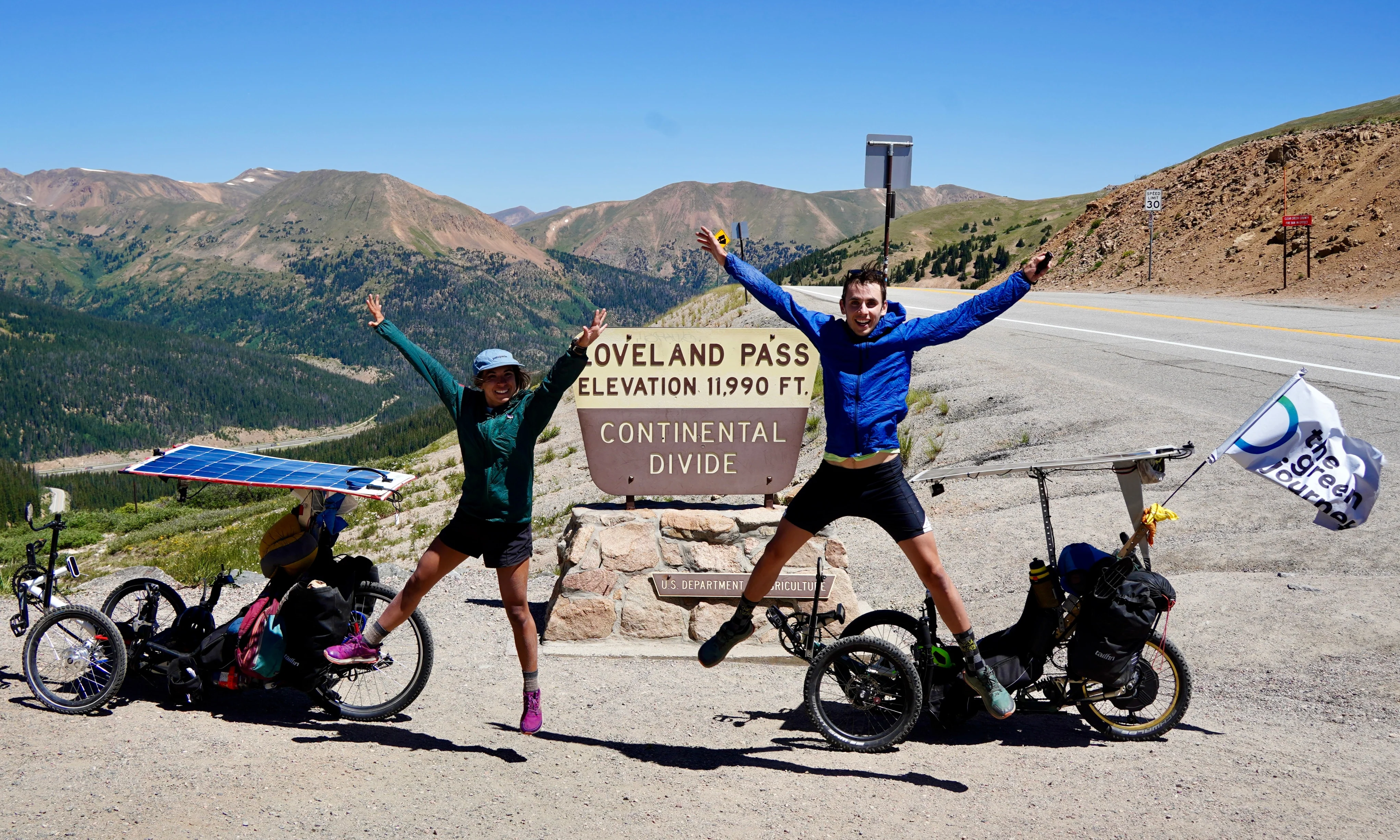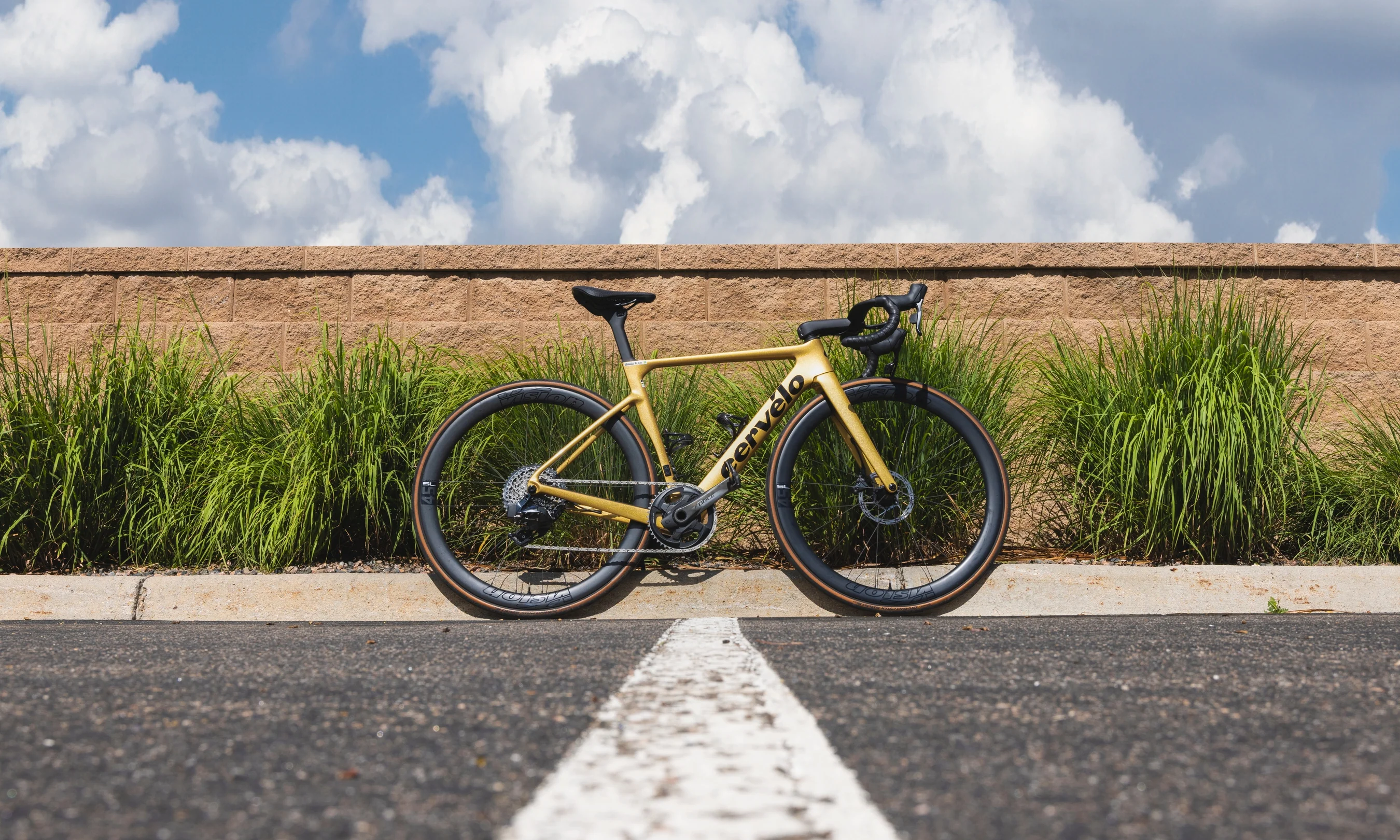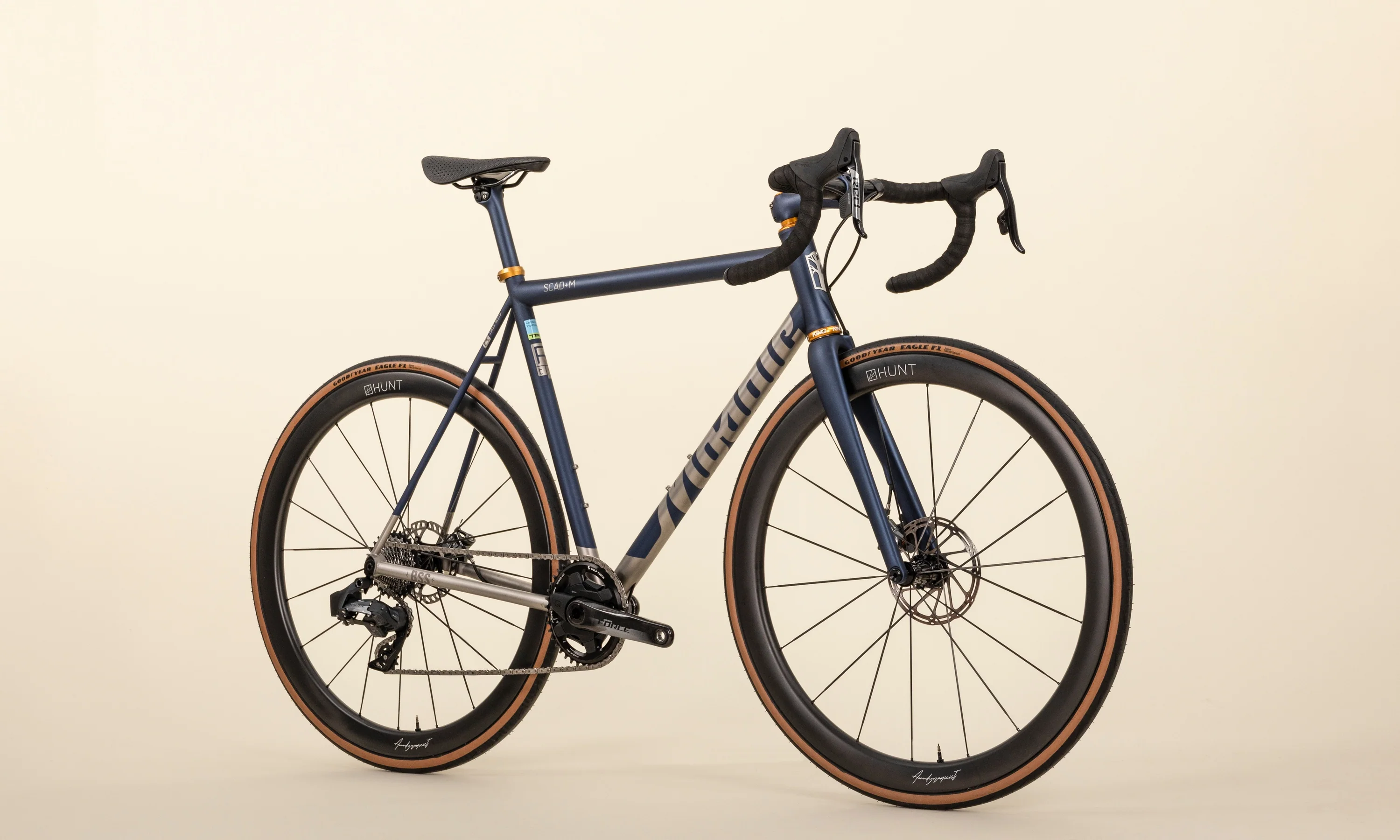This has been a pretty unusual year for cycling — and life in general. Many of my favorite races are now postponed or canceled for 2020. Of course, bikes aren't the most important thing in the world, and public health and safety should always be our priority. But I thrive on the motivation I get when training for a big race or event.
It’s the middle of summer, and I’d normally be focused on the next objective, like a long gravel race or a gnarly enduro event. Instead, my motivation has dipped to an all-time low, and I’ve spent more time on the couch than in the saddle.
Fed up with this, I found a way to simulate the excitement that comes from pushing yourself to ride faster than ever before. It was right on my iPhone's home screen all along — Strava!
The Four-Week PR Challenge
To reinvigorate my riding stoke and get a dose of competition, I am turning my attention to local Strava segments. I record every ride on Strava's app, but I rarely pay attention to KOMs or leaderboards. There’s a lot of really fast riders here in Boulder, Colorado, so my segment times never compare very favorably. But there is one particular rider I have a chance at beating: me.
That's right, I'm going PR chasing.
Trying to break your personal records (PR) on Strava is an easy way to challenge yourself to improve as a rider. And it can be done without travel or entry fees.
I picked a challenging segment, set a goal, told people about it to keep myself accountable, and gave myself four weeks to prepare for a PR attempt. I also enlisted my co-worker Spencer Powlison to join me. He picked his own Strava segment to PR, and together we will train for the next month to achieve Strava glory.
 My old PRs are all from a few years ago when I was 10-15 pounds lighter and had much more time to ride. Even though I’m older and less-fit now, I like to think I’m savvier, more focused, more tactically astute, and more willing to suffer. Racing myself for a PR is set to be an epic battle of mind (current me) vs. body (past me).
My old PRs are all from a few years ago when I was 10-15 pounds lighter and had much more time to ride. Even though I’m older and less-fit now, I like to think I’m savvier, more focused, more tactically astute, and more willing to suffer. Racing myself for a PR is set to be an epic battle of mind (current me) vs. body (past me).
To sharpen up my fitness over the next four weeks and formulate an effective pacing and training strategy, I went to Chris Case and Trevor Connor. They are performance experts at Fast Labs here in Boulder, Colorado, and they host a cycling podcast called “Fast Talk.” A couple of months ago they gave me some great climbing tips. So, I reached out again for this challenge. They gave Spencer and me tactical knowledge for our segments, important coaching advice, and a basic training plan.
The riders
Bruce Lin - Tech Writer
I was never an exceptional athlete and it shows in my Strava times. I tend to set times around the middle of the pack, a perfectly average rider. In the last two years, I got married, bought a house, and had a baby. Riding’s taken a backseat and my fitness is slowly disappearing. If I’m going to beat any of my PRs, I have to do it sooner rather than later.
Spencer Powlison - Content Marketing Manager
Spencer is often near the top of our local Strava leaderboards. He’s one of the faster riders in our shop and has stood on the podium more times than most. But the downside to all this speed is that many of his PRs are very, very quick. Many were also set back when he did higher-intensity cyclocross races, not 200+ mile gravel slogs. He’s going to have to dig deep to beat a rider as formidable as himself.
Picking a segment
 It was important to target segments that were meaningful to us. It’s fine to go down a list and just tick off Strava segments, but choosing one you have a history with, or that you find particularly inspiring or challenging can increase your motivation to succeed.
It was important to target segments that were meaningful to us. It’s fine to go down a list and just tick off Strava segments, but choosing one you have a history with, or that you find particularly inspiring or challenging can increase your motivation to succeed.
Also, consider your strengths. Of course, it’s good to train the things you’re bad at, but our ultimate goal for this challenge is to succeed. We wanted to ride climbing segments, but we don't consider ourselves pure climbers. I'm a heavier rider, so I struggle on excessively steep grades and repeated punchy efforts. Spencer also tends to prefer rolling terrain.
I chose a gravel climb under 30 minutes. It has a very steady gradient to suit my body composition and how I like to produce power. Spencer chose a road climb that is harder and longer, but one that he has intimate knowledge of, which he can use to his advantage. It also has variable terrain on the second half, which will allow him to break up the punishing steep pitches.
The segments
Chapman
 PR: 23:15
PR: 23:15
Goal: 20:00
My segment is Chapman, a dirt/gravel climb that begins in Boulder Canyon and finishes halfway up Flagstaff Mountain. It’s a fairly steady 7% grade but has a series of large water-bars starting halfway up the climb. These can steal your momentum if you're not attentive. Chapman has some personal significance because I rode it on my first-ever gravel ride. In the years before my son was born, the shop also had a weekly summer tradition of riding Chapman after work. I would join these rides and usually get dropped. I’ve never actually ridden Chapman alone, so this challenge is a good opportunity to ride the climb at my own pace. My goal is to improve my time by around three minutes and achieve a nice, round, 20-minute PR.
Sunshine
 PR: 29:23
PR: 29:23
Goal: 29:00
Spencer’s chosen segment is Sunshine Canyon, a road climb that starts at the edge of town and climbs high into the Boulder foothills. It’s long and steady until you reach the “Poorman Wall.” From there, the grade gets much steeper. Then, it rolls down, up, and down once more before the final kicker. Sunshine will soon be Spencer’s home climb because he is building a house at the end of the pavement. He's moving in this fall so it’s time to defend his turf and set a new high-water mark. Spencer set his current PR during a stage of Haute Route Rockies race, so it’s pretty fast. He came within 18 seconds of his time last year, so it's doable. He says he’ll be happy to just beat his old time, even if it's only by a single second.
Pacing, scouting, and strategy
Chris and Trevor from Fast Labs have a huge amount of experience coaching riders of all levels and they are familiar with all of Boulder's climbs. They were the perfect people to go to for advice on our segments. One of the key suggestions they made was to scout out our segments and to ride them at least once a week to learn them, get accustomed to the required effort, and try different pacing strategies.
Trevor suggested I experiment with dedicating more energy to either the first half or second half of my segment and seeing how it affected not only my times but also my average heart rate and power. If one strategy was easier (i.e., lower heart rate or power) then it would allow me to push harder in an all-out attempt.
 I’ve never ridden Chapman alone. When I tried to keep up with faster riders I would often go too hard at the beginning and have nothing left for the last section of the climb. I would crawl to the finish, losing lots of time. Hopefully, with a solid pacing strategy, I can conserve enough energy to shave off the three minutes I’m looking for.
I’ve never ridden Chapman alone. When I tried to keep up with faster riders I would often go too hard at the beginning and have nothing left for the last section of the climb. I would crawl to the finish, losing lots of time. Hopefully, with a solid pacing strategy, I can conserve enough energy to shave off the three minutes I’m looking for.
Chapman is also has a series of large water-bars to prevent erosion. They form gradient changes that can steal your momentum. Trevor and Chris suggested I practice shifting into a harder gear and powering over these water-bars. I can use the backside like a ramp and gain speed. The key, however, would be training to recover from these extra efforts.
 For Sunshine, Chris suggested that Spencer focus on going easier in the hard sections, and harder in the easy sections. Because you’re able to carry more speed on less steep terrain, he'll need to meter his power so he can attack these sections, saving huge amounts of time. On any climb with a variable gradient, if you go too hard where it’s steep and difficult, you won’t have enough left to go fast when the grade eases. Finding the perfect balance of effort will require experience and experimentation. For the final downhill section before the last kicker, Spencer will need to maximize speed.
For Sunshine, Chris suggested that Spencer focus on going easier in the hard sections, and harder in the easy sections. Because you’re able to carry more speed on less steep terrain, he'll need to meter his power so he can attack these sections, saving huge amounts of time. On any climb with a variable gradient, if you go too hard where it’s steep and difficult, you won’t have enough left to go fast when the grade eases. Finding the perfect balance of effort will require experience and experimentation. For the final downhill section before the last kicker, Spencer will need to maximize speed.
Otherwise, it’s important that you choose the right time and day for a PR attempt. Having the weather work in your favor can save a lot of time. For both Spencer and I, that means waiting for a cool and calm day to go for our PRs, probably in the early morning.
For next time
Follow along as Spencer and I work to beat our PRs. In the next installment, Chris and Trevor give us a basic, easy-to-follow training plan to use over the next four weeks. It will help sharpen up our legs and improve our ability to go at or above threshold and recover from hard efforts.
If you have any questions about PRs or training let us know in the comments. Hopefully, this inspires you to go out and conquer some of your own Strava PRs!
Check out our training and results in:

























